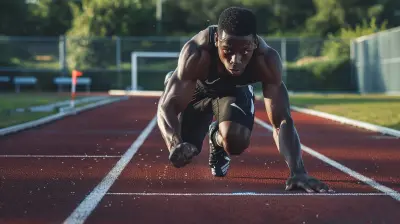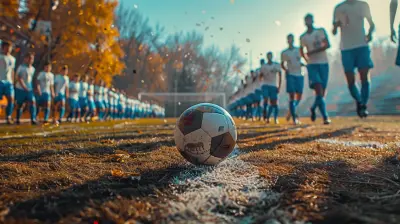The Science of Reaction Time: How Athletes Train for Speed
9 August 2025
Ever wonder how elite athletes seem to react in the blink of an eye? Whether it’s a sprinter exploding out of the blocks, a baseball player timing the perfect swing, or a goalie making a game-saving dive, it all comes down to lightning-fast reaction time. But here’s the secret—they’re not always born with it. They train for it. Like, really train for it.
In this article, we’re diving deep into the science behind reaction time and how athletes sharpen this vital skill to gain an edge on the competition. Buckle up—it’s fast-paced (pun intended).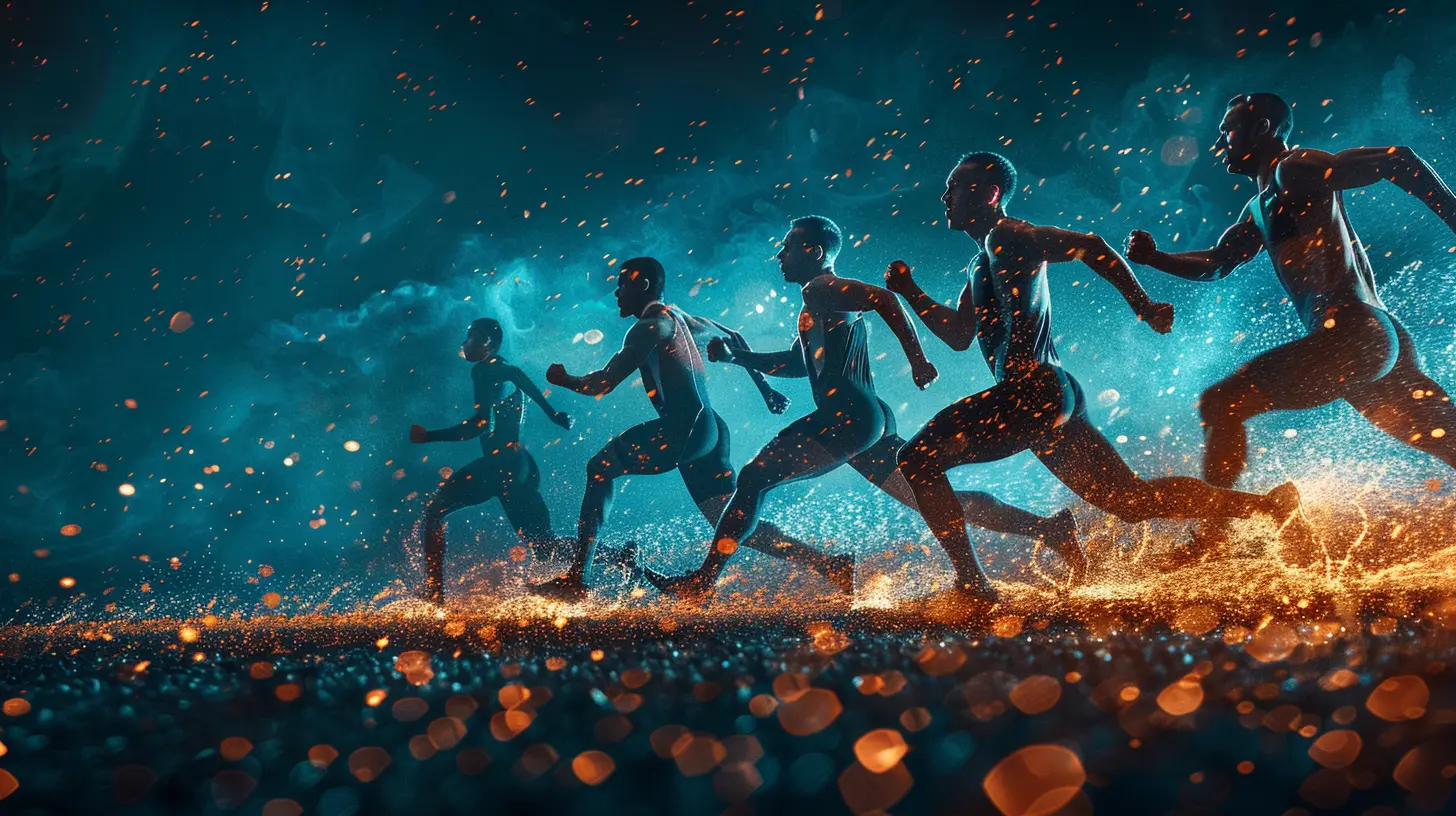
What Is Reaction Time, Really?
At its core, reaction time is the interval between a stimulus and your response to it. Think of it like this: a tennis ball is coming at you, your eyes see it, that info shoots up to your brain, your brain gives your body orders, and BAM—you swing.Now, that whole process? It happens in milliseconds. But in the world of elite sports, even a few milliseconds can be the difference between winning gold and going home empty-handed.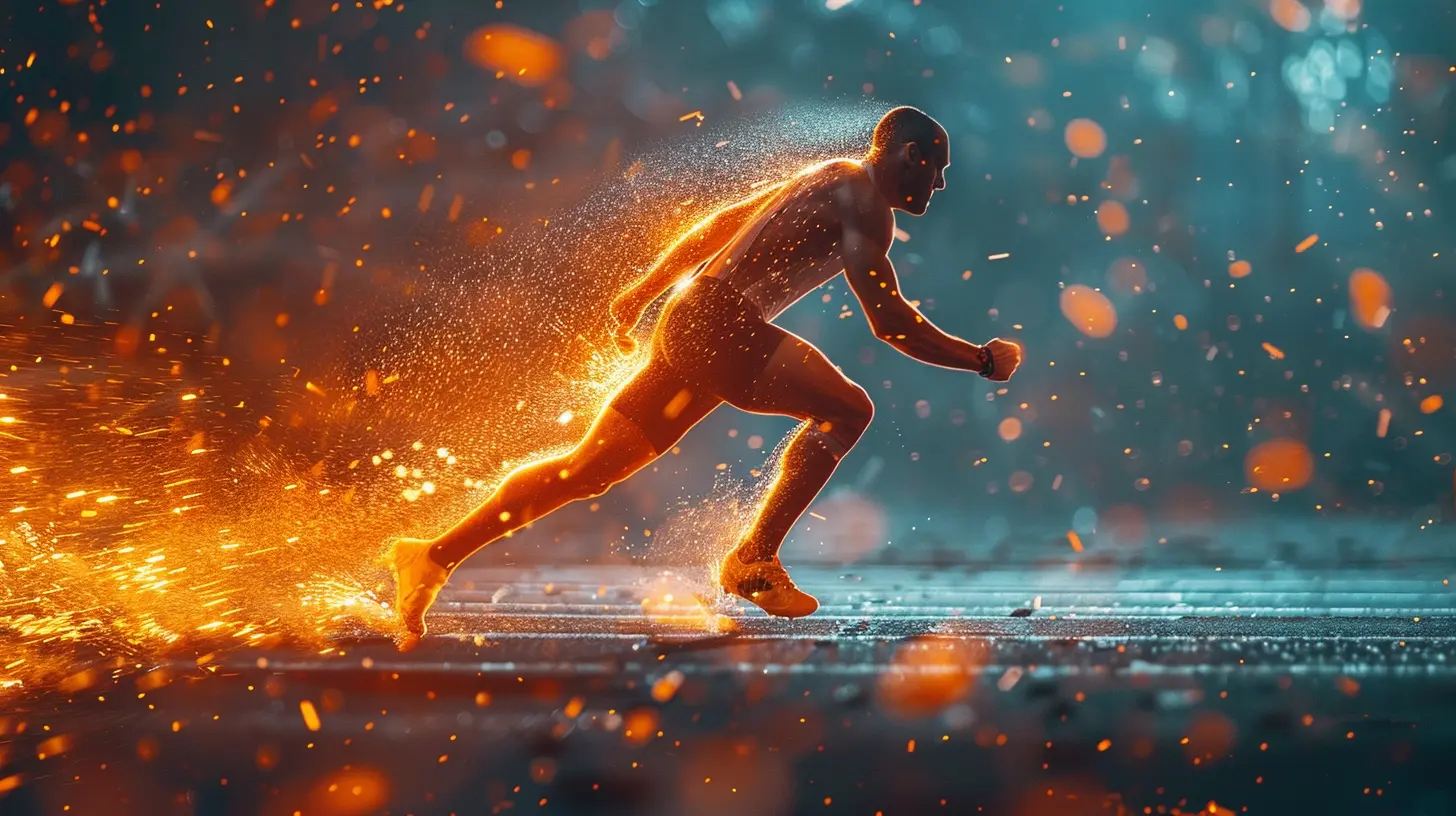
Why Reaction Time Matters in Sports
In high-performance sports, speed kills—but not just speed in the running sense. Speed of thought, speed of decision-making, and speed of execution are just as crucial. Reaction time affects:- Start times in sprinting
- Decision-making in team sports like soccer, basketball, and hockey
- Counterattacks in combat sports
- Return of serves in tennis or volleyball
- Defensive moves in games like football or baseball
When every millisecond counts, a sharper reaction time becomes a major asset. It not only boosts performance but can help prevent injuries too. The faster you react, the more likely you are to dodge that hard tackle or incoming punch.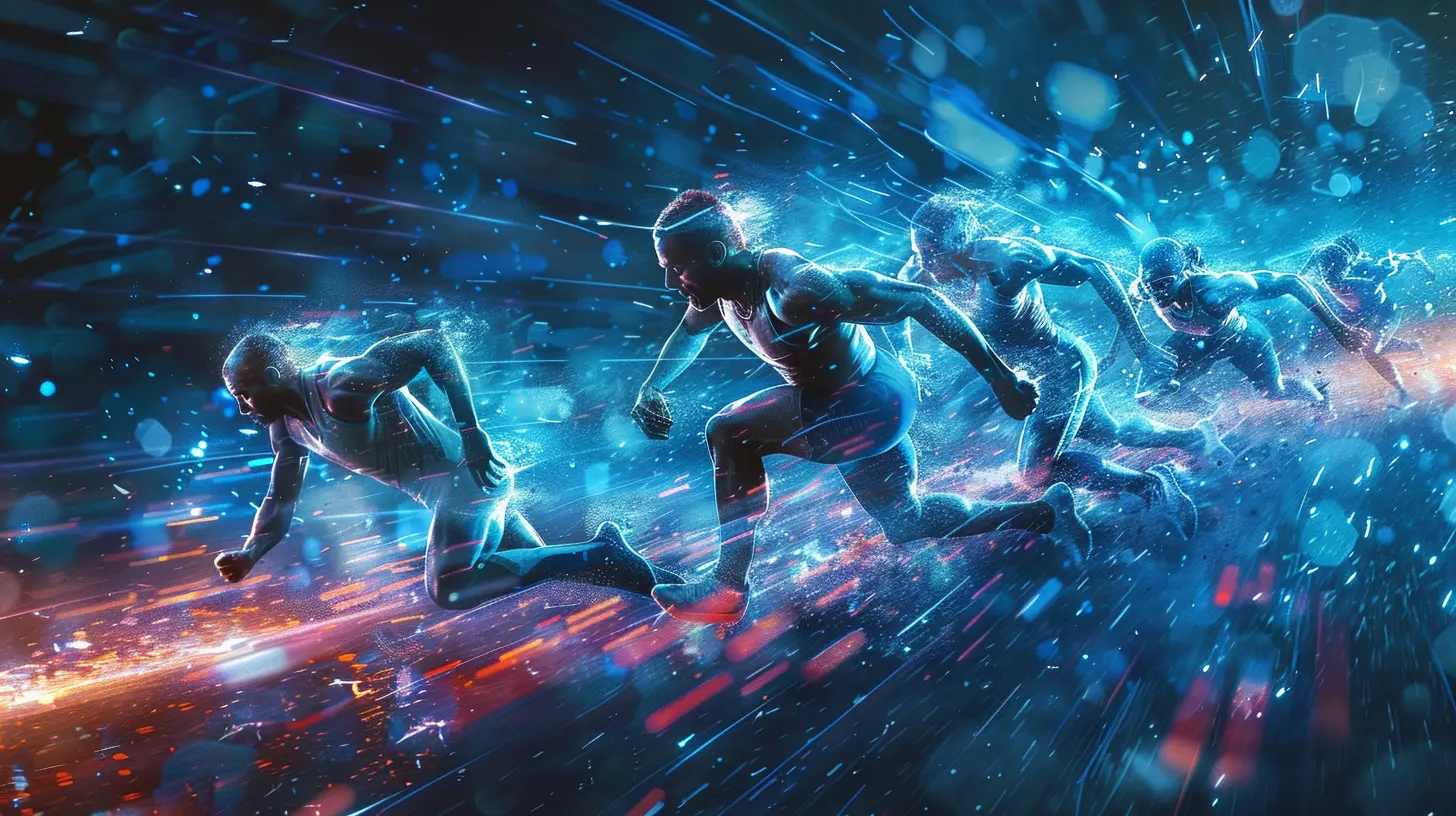
The Science Behind Reaction Time
Let’s geek out for a sec.Reaction time is divided into three main components:
1. Perception time – recognizing the stimulus (Oh! Ball coming!)
2. Decision time – deciding how to respond (Should I catch it or duck?)
3. Motor time – sending signals to your muscles to act (Let’s move!)
Your nervous system is like a superhighway. Signals need to travel fast from your sensory organs (eyes, ears, skin) through your spinal cord and brain before hitting your muscles. The quicker the traffic flows—the faster the reaction.
Here’s the thing though: genetics lay your foundation, but training tweaks and upgrades the system.
Types of Reaction Time in Sports
There’s no one-size-fits-all here. Athletes train for specific types of reaction time depending on their sport:1. Simple Reaction Time
Reacting to one stimulus with one response. Like a sprinter reacting to the starting pistol.2. Choice Reaction Time
More complex. You have to decide between multiple responses based on different stimuli. For example, a soccer player deciding whether to pass, shoot, or hold the ball based on the defender’s movement.3. Complex Reaction Time
This involves multiple decisions, dynamic surroundings, and non-stop judgment calls. Think basketball or MMA—where chaos is the name of the game.How Athletes Train Reaction Time
Now to the fun part—how the pros train to stay sharp, swift, and downright lethal with their reaction times.1. Cognitive Reaction Drills
Your brain is a muscle—train it like one.Athletes use tools like:
- Reaction lights – Think BATAK boards, FitLights, BlazePods. Lights flash and you tap as fast as you can.
- Video-based decision games – These simulate in-game scenarios and force quick choices.
- Neuro-tracking apps – They challenge the brain's processing speed using lights, targets, or cognitive tasks.
These aren’t just gimmicks. They target perception and decision-making speed, helping athletes process stimuli quicker.
2. Plyometric and Speed Drills
It’s not all about brain games. Your body needs to keep up too.Drills like:
- Ladder drills
- Cone zigzags
- Depth jumps
- Reaction sprints (go on sound, light, or clap)
These improve explosive power and motor response—so your body moves before your opponent has a chance to blink.
3. Sport-Specific Situational Training
Here’s where the rubber meets the road.Athletes build muscle memory by repeating sport-specific simulations. For instance:
- A boxer uses reactive mitts.
- A goalkeeper trains with sudden ball launches.
- A basketball player practices dribble moves against random defender actions.
The brain gets better at predicting likely scenarios—like muscle memory for your neurons.
4. Eye-Tracking and Vision Training
You can’t react to what you can’t see.Vision training tools like Strobe Glasses or Eye-Tracking Software help train the eyes to lock on cues faster, improving visual reaction time. Think sharper eye movement, better depth perception, and enhanced peripheral awareness.
5. Mindfulness and Focus Training
Distractions are the enemy of fast reactions.Athletes use mindfulness, meditation, and focus training to stay mentally locked in. A calm, focused mind processes information faster. This isn’t just Zen talk—scientific studies show mindfulness improves reaction times over time.
Nutrition and Sleep: The Hidden Keys
Surprise! Your reaction time also depends on what you eat and how well you sleep.- Sleep-deprived athletes lose sharpness—period.
- Poor diet = slower nervous system, weaker muscles.
Eating brain-boosting foods (omega-3s, leafy greens, berries) and getting solid sleep can shave off precious milliseconds. It’s the fuel behind the formula.
Reaction Time Myths You Should Ignore
Let’s clear the air on some old-school myths.❌ "You Can't Train Reaction Time"
Totally false. Sure, some people are born quicker, but consistent training enhances both the brain and body’s response speed.❌ "You Just Need More Practice at the Sport"
Practice helps—but only if it targets the right mechanisms. Random shooting hoops won’t train your cognitive speed or motor reaction.❌ "Age Destroys Reaction Time"
Not necessarily. While reaction time tends to decline with age, targeted training can slow or even reverse that. Veteran athletes stay sharp because they train smarter.Real-World Examples: Lightning-Fast Athletes
Let’s look at some jaw-dropping reaction times in action.Usain Bolt
The fastest man on earth had a reaction time of about 0.155 seconds at the 2016 Olympics. That's the time between hearing the gun and leaving the blocks. Blisteringly fast—but not even close to the human limit.Serena Williams
Her ability to respond to serves at 120+ mph is a masterclass in visual tracking, decision-making, and motor coordination.Conor McGregor
In MMA, reaction means survival. McGregor’s ability to dodge punches and counter within milliseconds is rooted in neural training, not just street smarts.These athletes didn’t just rely on talent—they trained like maniacs.
Can Everyday Athletes Improve Reaction Time?
Absolutely. You don’t need to be gunning for an Olympic medal to benefit from better reactions. Whether you’re playing pickup hoops, weekend soccer, or just improving overall coordination—quicker reactions make all movement easier, safer, and more fun.Start simple:
- Download a brain training app.
- Try reaction-based agility drills.
- Get enough sleep.
- Eat brain-boosting foods.
- Train focus and awareness.
One small step each day builds a quicker you.
Final Thoughts
Reaction time is a skill. Just like strength or endurance, it can be trained, shaped, and optimized. Elite athletes know this—and now, so do you.Whether you’re a competitive player or just trying to keep up with your kids in the park, boosting your reaction time is a game-changer. It’s not about being the fastest person alive—it’s about being ready when it counts.
So next time you’re watching a game and see that unbelievable save or that split-second play, know this: that’s years of science-backed training at work.
And maybe, just maybe, your next move is turning that remote into a pair of reaction lights.
all images in this post were generated using AI tools
Category:
Sports ScienceAuthor:

Nelson Bryant
Discussion
rate this article
1 comments
Buzz Henderson
Absolutely inspiring! Understanding the science behind reaction time reveals the incredible dedication athletes put into their training. Each millisecond matters, and it’s fascinating to see how hard work and smart techniques lead to lightning-fast performance. Keep pushing the limits!
August 24, 2025 at 12:34 PM

Nelson Bryant
Thank you! I'm glad you found it inspiring—athletes' dedication truly showcases the remarkable intersection of science and training for peak performance.
